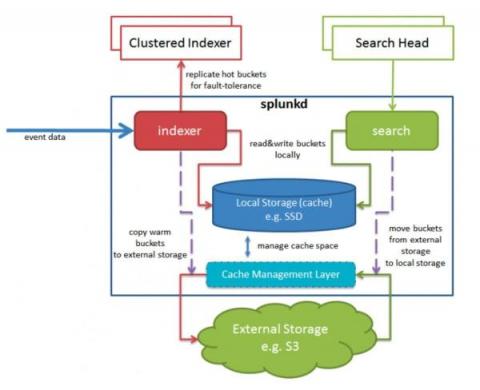Trunk-Based Development vs. GitFlow: Which Source Code Control is Right for You?
Managing source code with a defined method is one vital aspect of implementing effective application development. Today, two strategies for doing this stand above the rest: trunk-based development and GitFlow. Choosing the proper method for source code control is often dependent upon several factors, such as: In this article, let’s define and compare trunk-based development and GitFlow, look at the factors that drive an organization’s decision between the two.











